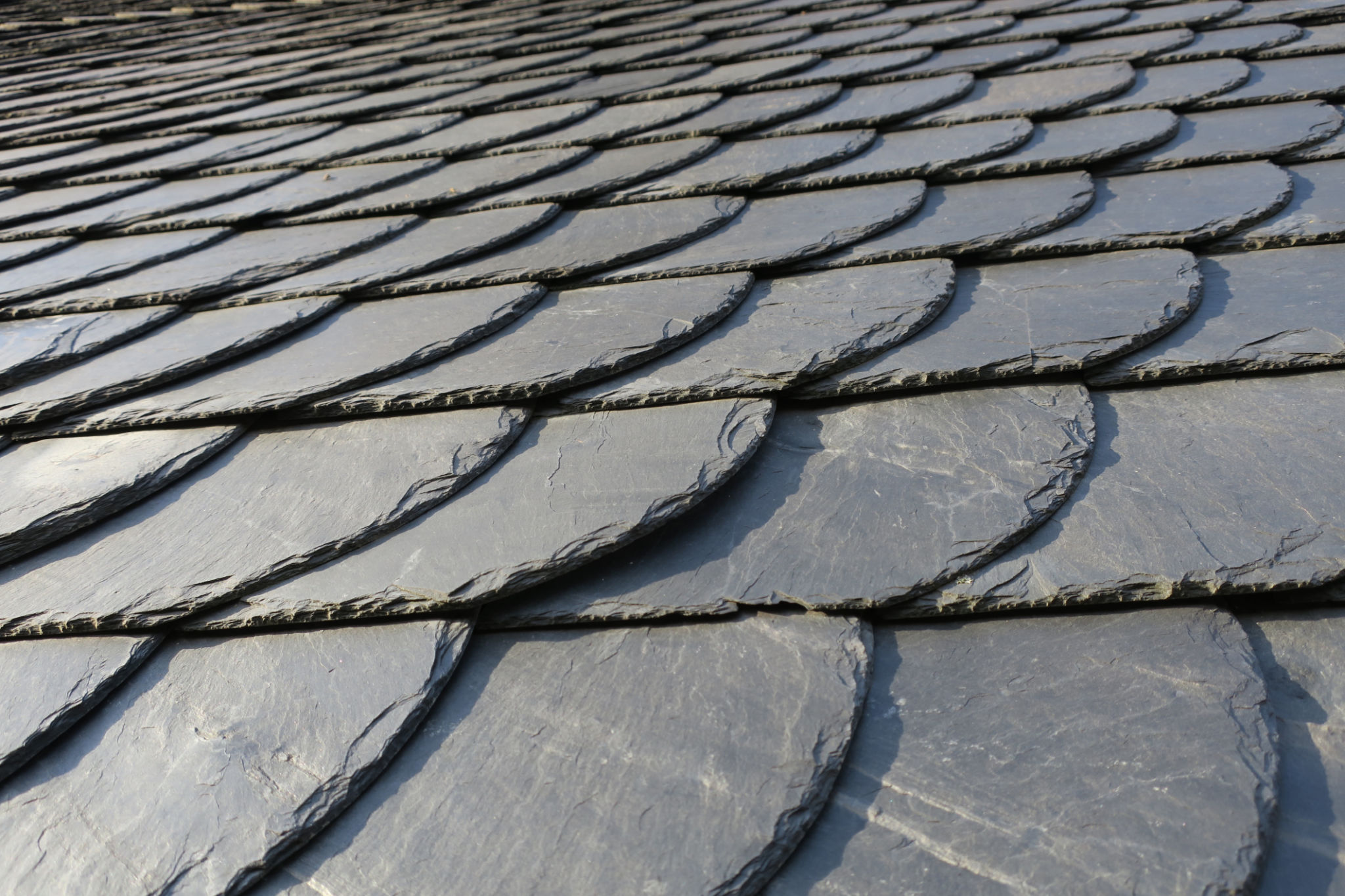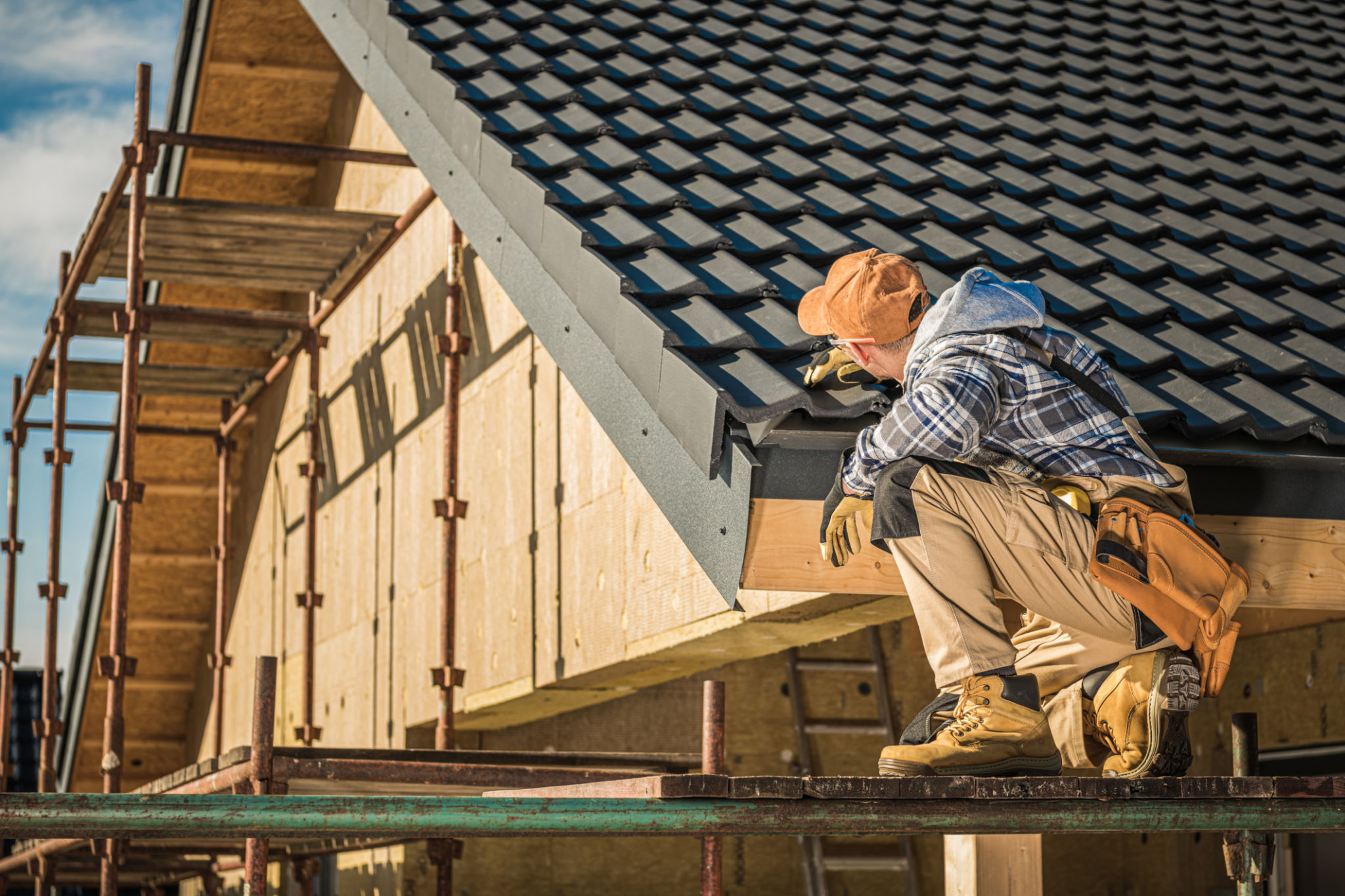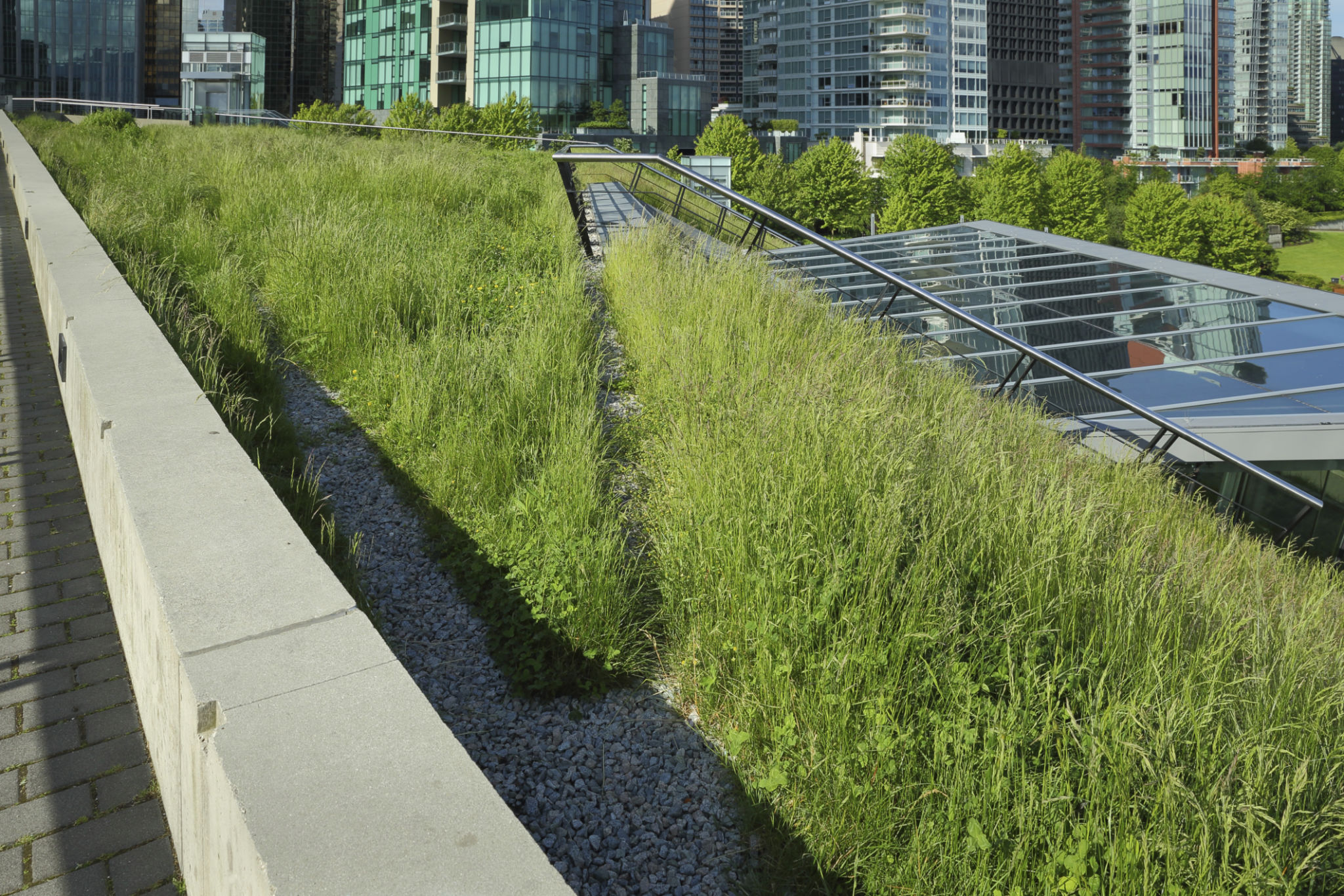5 Common Misconceptions About Synthetic Slate Roofing Debunked
Misconception 1: Synthetic Slate Roofing is Unattractive
One of the most common misconceptions about synthetic slate roofing is that it lacks the aesthetic appeal of natural slate. However, this couldn't be further from the truth. Modern synthetic slate is designed to mimic the rich textures and colors of natural slate, offering a visually appealing alternative. Manufacturers have perfected the art of creating these materials to resemble traditional slate so closely that it's often difficult to tell them apart.

Why Synthetic Slate Looks Great
Synthetic slate tiles are available in a variety of colors and styles, allowing homeowners to choose a look that complements their home's architecture. Additionally, these tiles maintain their appearance over time, resisting fading and wear, which ensures that homes remain beautiful for years to come.
Misconception 2: Synthetic Slate is Not Durable
Another misconception is that synthetic slate roofing lacks durability. In reality, synthetic slate tiles are engineered to withstand harsh weather conditions, including extreme temperatures, heavy rain, and strong winds. They are typically made from high-quality materials like polymer or rubber, which provide additional resilience. Moreover, synthetic slate is often lighter than natural slate, reducing the stress on the roof's structure.

Longevity of Synthetic Slate
With proper installation and maintenance, synthetic slate roofs can last for decades. Many manufacturers offer warranties that reflect this long lifespan, giving homeowners peace of mind about their investment. This durability makes synthetic slate a cost-effective choice in the long run.
Misconception 3: Synthetic Slate is Not Environmentally Friendly
Contrary to popular belief, synthetic slate can be an environmentally friendly roofing option. Many synthetic slate products are made from recycled materials, helping to reduce waste and conserve natural resources. Additionally, because synthetic slate is lighter than natural slate, it requires less energy to transport and install.

The Eco-friendly Advantage
Furthermore, synthetic slate roofing often has excellent insulation properties, which can contribute to energy savings by keeping homes cooler in the summer and warmer in the winter. By reducing energy consumption, synthetic slate roofing indirectly supports environmental conservation efforts.
Misconception 4: Synthetic Slate is Expensive
While the initial cost of synthetic slate roofing may seem high compared to some other roofing materials, it's important to consider the overall value. Synthetic slate offers a balance of beauty, durability, and low maintenance requirements that can justify the investment.
Cost-Effectiveness Over Time
Over time, synthetic slate can be more cost-effective than cheaper alternatives due to its longevity and minimal need for repairs or replacements. Additionally, the potential increase in property value and curb appeal can further enhance its cost-effectiveness.
Misconception 5: Synthetic Slate is Difficult to Install
Some people believe that installing synthetic slate roofing is a complex process requiring specialized skills. While it's true that any roofing installation should be performed by professionals, synthetic slate is often easier to work with than natural slate due to its lighter weight and standard tile sizes.
Installation Simplified
Professional roofers with experience in synthetic materials can install these tiles efficiently and safely. The ease of installation can also help reduce labor costs compared to natural slate installations, making it an attractive option for many homeowners.
In conclusion, synthetic slate roofing offers numerous benefits that debunk common misconceptions. By understanding the true advantages of synthetic slate, homeowners can make informed decisions about their roofing options.

